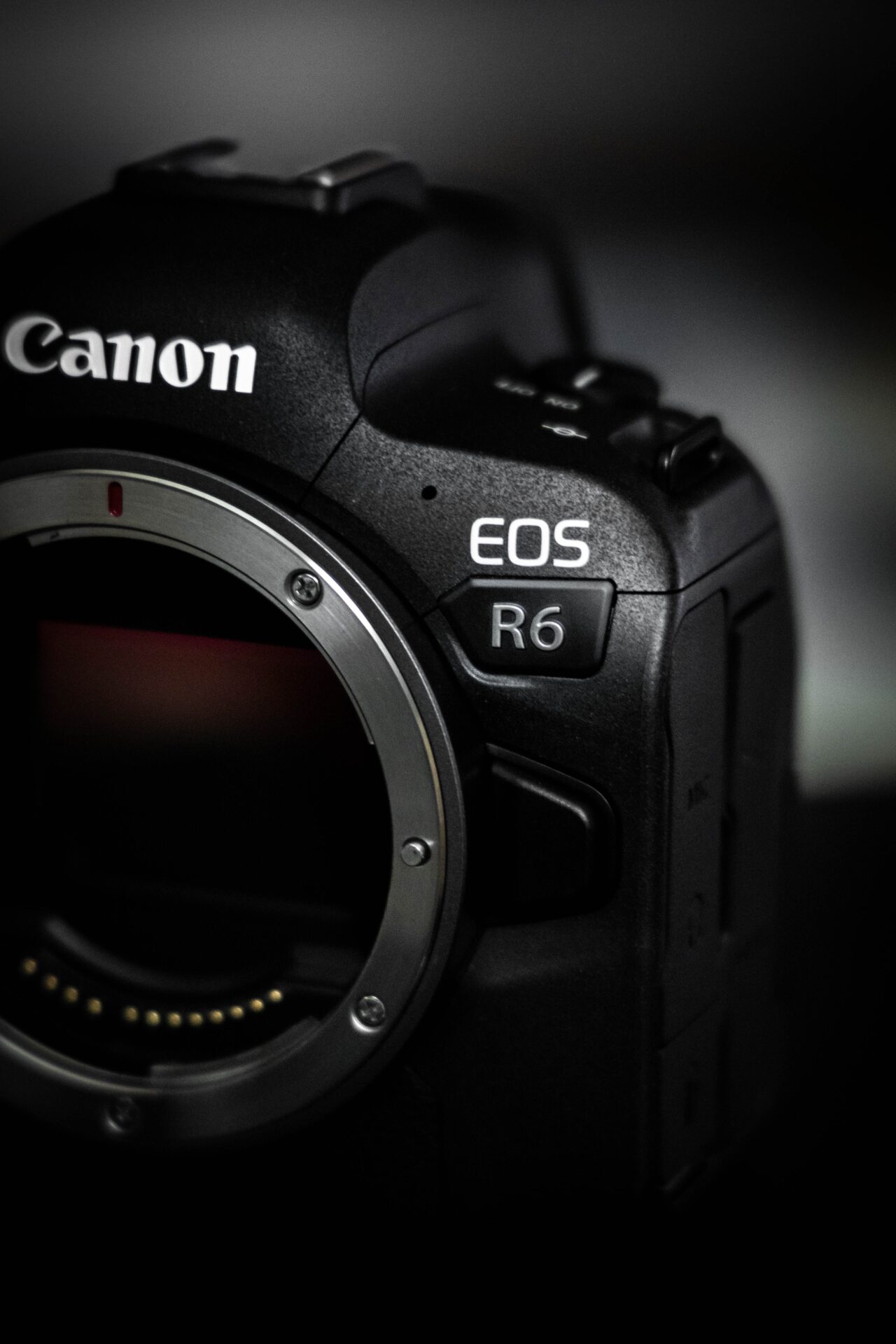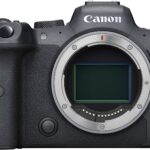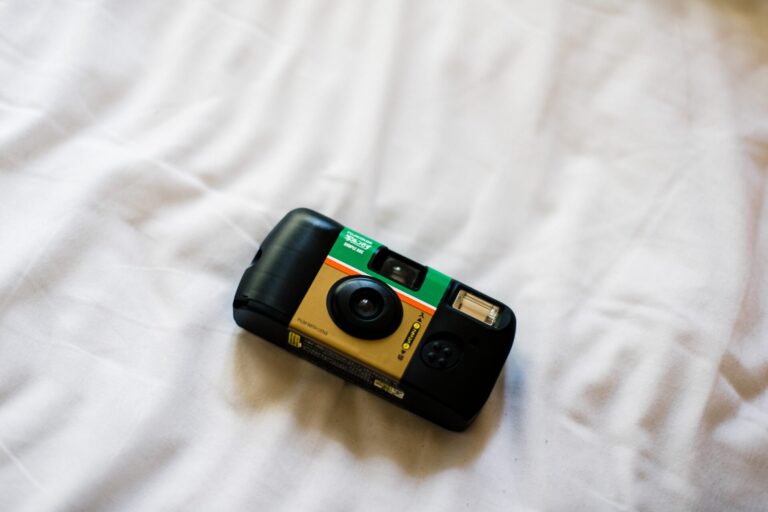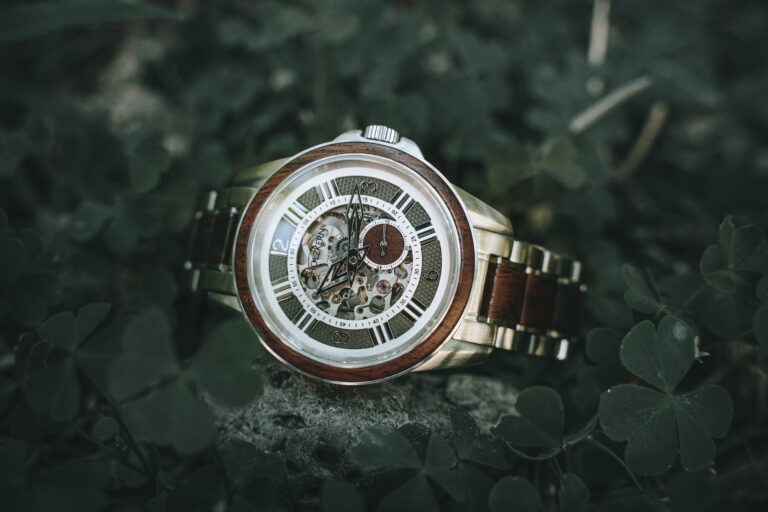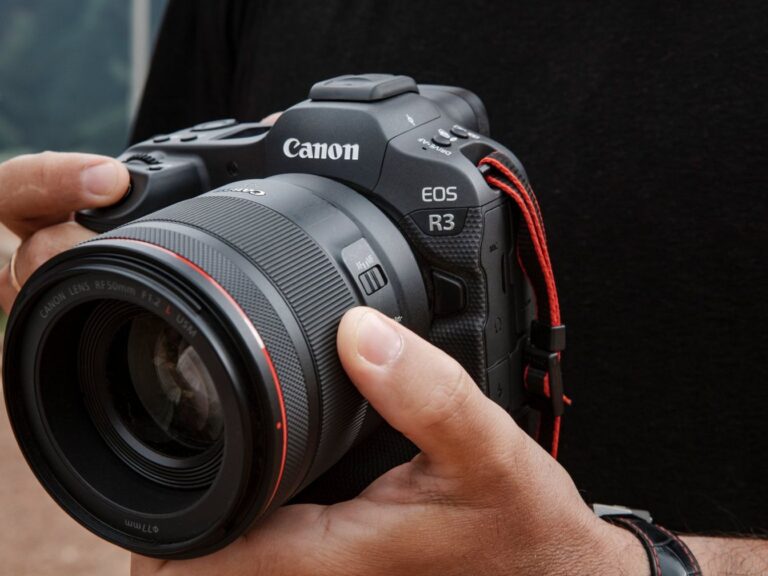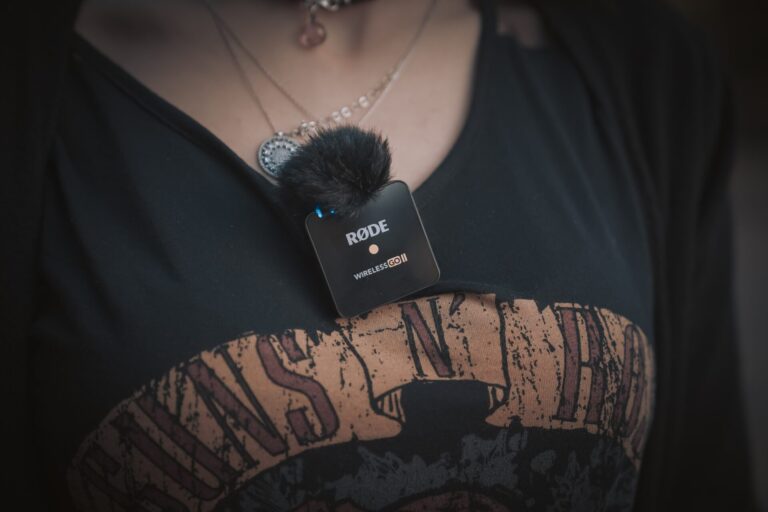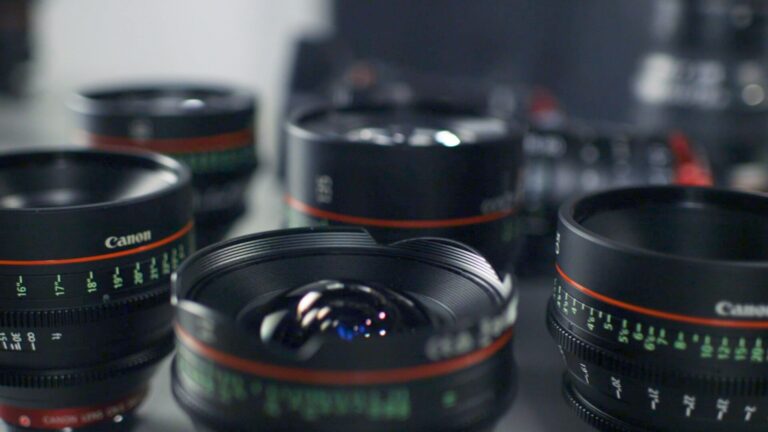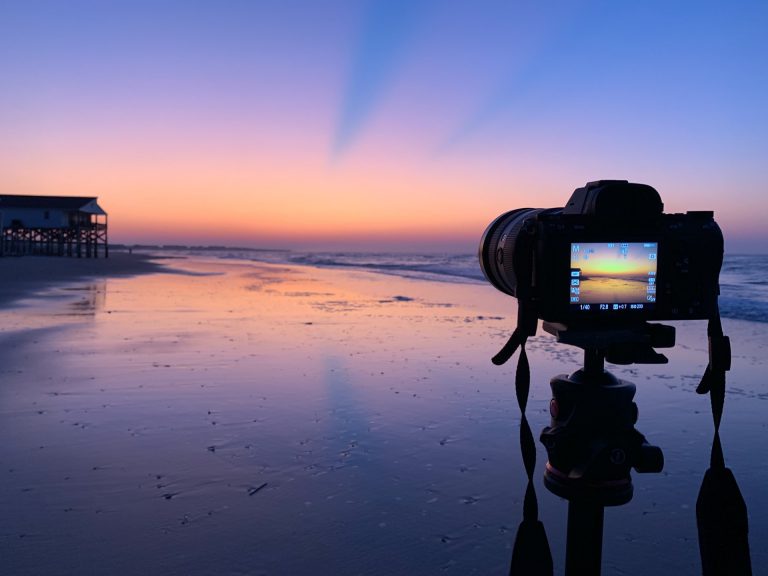Canon R6 review: The 2024 Ultimate Travel Camera?
If you love to travel and create content, you know the importance of having a reliable and versatile camera that can capture your experiences in stunning detail. That’s where the Canon R6 comes in. This full-frame mirrorless camera is a powerhouse of features and performance, making it an ideal choice for anyone who wants to push the boundaries of their photography or videography.
Whether exploring a new city, hiking through rugged terrain, or documenting your everyday life, the Canon R6 has much to offer. Its fast and accurate autofocus system, in-body image stabilization, and 20-megapixel full-frame sensor combine to deliver sharp and vibrant images in a wide range of shooting scenarios. Plus, with 4K video capabilities, dual card slots, and a weather-sealed body, the Canon R6 is a versatile tool that can handle whatever challenges you throw its way.
In this review, we’ll closely examine the Canon R6 and evaluate its strengths and weaknesses. We’ll consider factors like image quality, autofocus performance, battery life, and more to help you decide whether this camera is right for your travel and content creation needs. So if you’re in the market for a new camera that can take your photography or videography to the next level, read on to find out if the Canon R6 is the one for you.
Page Contents
Unique Features of the Canon R6
The Canon R6 is a full-frame mirrorless camera with a few unique features that make it an excellent choice for photography and video. One of its most significant selling points is its advanced autofocus system, powered by Canon’s Dual Pixel CMOS AF II technology. This system provides fast and accurate autofocus across the entire frame, making capturing sharp images and video easy even in challenging lighting conditions. The R6 also features eye-detection AF, particularly useful for portrait photography, and animal-detection AF, which can help you capture stunning wildlife images.
The Canon R6‘s 20.1-megapixel CMOS sensor is another unique feature differentiating it from its competitors; the sensor has a low-pass filter that reduces moiré and false color, making it ideal for capturing images with high levels of detail and sharpness. The R6 also has an ISO range of 100-102400, allowing you to shoot in low-light conditions without worrying about excessive noise.
When it comes to video, the Canon R6 is a top-performing camera that can shoot 4K video at up to 60 frames per second. This is thanks to the camera’s powerful DIGIC X image processor, which provides excellent image quality and color accuracy. The R6 also features Canon Log (C-Log) and HDR PQ video formats, which are essential tools for professional videographers looking to achieve high-quality footage with extended dynamic range.
Another unique feature of the Canon R6 is its dual card slots, which allow you to shoot with two memory cards simultaneously. This provides peace of mind, as you can simultaneously set the camera to record to both cards, ensuring that you always have a backup copy of your footage or images.



Canon R6 Video
The Canon EOS R6 is a powerful camera for video, with a range of features that make it a popular choice among content creators and filmmakers; one of the most important video functions of the R6 is its ability to record 4K video at up to 60 frames per second. This means it can capture high-resolution footage with excellent detail and clarity while allowing for slow-motion effects. The R6 also supports the All-I and IPB compression formats, allowing users to choose between higher quality or smaller file sizes, depending on their needs.
Another significant feature of the R6 is its Dual Pixel CMOS AF II autofocus system, which is one of the best in the market. This system has 6,072 selectable AF points covering almost 100% of the frame and can track the faces and eyes of humans, animals, and birds. When recording video, this autofocus system can track moving subjects with impressive accuracy and speed, making it easier for users to keep their subjects in focus while filming. The R6’s autofocus system also allows setting specific focus areas, adjusting the tracking sensitivity, and using touch-to-focus, which can be incredibly helpful in different video shooting scenarios.
In addition to its autofocus capabilities, the R6 also features a 5-axis in-body image stabilization system that provides up to 8 stops of compensation when used with certain lenses. This stabilization system is highly effective in reducing camera shake and helping to produce smoother, more stable footage. It also makes the R6 more versatile and suitable for handheld shooting, especially in challenging shooting conditions.
Finally, the R6 features Canon Log (C-Log) support, which is a highly desirable feature for video production. C-Log is a flat color profile that allows for greater dynamic range and more flexibility in post-production color grading. This means that users can adjust their footage’s color, brightness, and contrast without losing any detail or quality. The R6 also supports HDR PQ and Canon’s own HDR-PQ format, allowing users to capture high dynamic range footage with improved brightness and contrast.
Canon R6 vs Sony A7III
The Canon EOS R6 and Sony Alpha 7 III are full-frame mirrorless cameras offering excellent still photography and video capabilities. The R6 has a 20.1-megapixel CMOS sensor, while the Sony A7III has a 24.2-megapixel CMOS sensor, which gives the Sony A7III a slight advantage in resolution. However, the R6 offers faster autofocus performance thanks to its Dual Pixel CMOS AF II autofocus system, which provides 6,072 selectable AF points and can track moving subjects with speed and accuracy. The Sony A7III‘s autofocus system is also excellent, but it has fewer AF points than the R6.
When it comes to video, both cameras can shoot 4K video, but the R6 can shoot up to 60 frames per second, while the A7III can shoot up to 30 frames per second. This means that the R6 can capture more frames per second, resulting in a much smoother and more detailed video output than the A7III. In situations involving fast-moving subjects, such as sports or action scenes, the R6 could capture more detailed and smooth footage with less blur and stuttering.
However, it’s worth noting that shooting at a higher frame rate can also have some downsides. For example, it can require more storage space and processing power, which can be considered when choosing between the two cameras. Additionally, higher frame rates can result in a more “cinematic” look, which may or may not be desired depending on the creative goals of the video.
The R6 also supports Canon Log (C-Log) and HDR PQ formats, which can be useful for professional video production. Additionally, the R6 has a higher burst shooting rate, at 12 frames per second, compared to the A7III‘s 10 frames per second.
The R6 has a slightly better grip and weather-sealing design, making it more comfortable and durable in adverse conditions. The A7III , on the other hand, has a slightly larger viewfinder and a longer battery life.
Canon R6 vs Nikon Z6 II
The Canon EOS R6 and Nikon Z6 II are full-frame mirrorless cameras offering high-end performance and features. The R6 has a 20.1-megapixel CMOS sensor, while the Z6 II has a 24.5-megapixel CMOS sensor, giving the Z6 II a slight advantage in resolution. However, the R6 offers faster autofocus performance thanks to its Dual Pixel CMOS AF II autofocus system, which can track moving subjects with speed and accuracy. The Z6 II‘s autofocus system is also excellent but has fewer AF points than the R6.
When it comes to video, both cameras can shoot 4K video, but the R6 can shoot up to 60 frames per second, while the Nikon Z6 II can shoot up to 30 frames per second.
In terms of design, the R6 is slightly smaller and lighter than the Z6 II, making it more portable and easier to carry around. The R6 also has a more advanced LCD display, with higher resolution and touch sensitivity, making it easier to use for both still photography and video. The Z6 II, on the other hand, has a higher-resolution electronic viewfinder and two memory card slots, which can be useful for professional photographers.
Canon R6 vs Panasonic Lumix S5
The Canon R6 and Panasonic Lumix S5 are both high-performance full-frame mirrorless cameras. While the S5 has a slightly higher resolution with a 24.2-megapixel CMOS sensor, the R6 boasts faster autofocus performance due to its Dual Pixel CMOS AF II autofocus system. Both cameras can shoot 4K video, but the R6 can shoot at a faster frame rate of up to 60 frames per second and supports additional video formats like Canon Log (C-Log) and HDR PQ.
In terms of burst shooting, the R6 offers a faster rate of 12 frames per second, while the S5 offers seven frames per second. The Lumix S5‘s autofocus system is also excellent but has fewer AF points than the R6. Overall, the R6’s faster autofocus and higher burst shooting rate make it a better choice for capturing fast-paced action and sports, while the S5‘s higher resolution sensor may appeal more to photographers who prioritize image detail.
Travel photography with the Canon R6
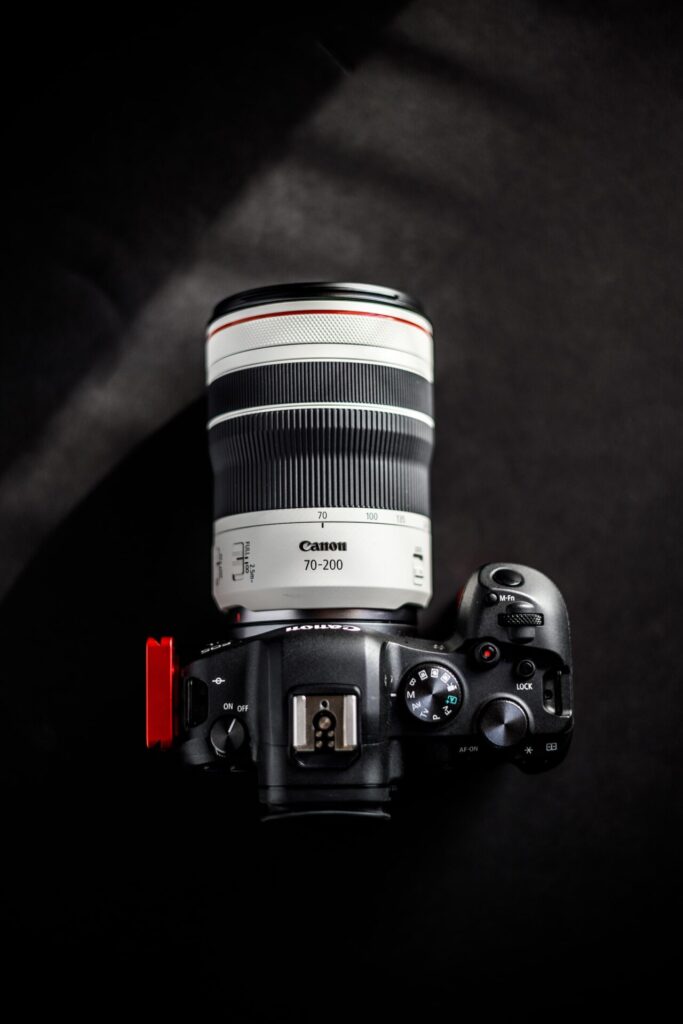
If you are a photography enthusiast who loves to travel, the Canon R6 could be the perfect camera for you. With its advanced features and lightweight design, the R6 is an excellent choice for capturing stunning photos and videos while on the go.
One of the key advantages of the Canon R6 is its portability. This camera is much lighter and more compact than many other high-end cameras, making it easy to carry with you wherever you go. Whether you’re walking through a bustling city or trekking through the wilderness, the R6 won’t weigh you down or take up too much space in your backpack.
In addition to its lightweight design, the Canon R6 is packed with features that make it a great choice for travel photography. For example, the R6 boasts an advanced autofocus system that can precisely track moving subjects, making capturing sharp, clear photos of wildlife, athletes, and other fast-moving subjects easier.
City Photography
In bustling cities, the R6’s fast autofocus system is a huge advantage, allowing you to quickly capture candid moments on the street. Its compact size also makes it easy to carry around, so you can be ready to shoot at a moment’s notice. The camera’s image stabilization system is also useful when shooting in low light, reducing camera shake and producing sharp, clear images. The Canon R6‘s Dual Pixel CMOS AF system also excels at tracking moving subjects, which is especially helpful when capturing action in crowded environments.
Landscape Photography
For landscape photography, the R6’s full-frame CMOS sensor, and high-resolution image quality are major assets. The camera captures stunning, detailed images that showcase the beauty of the natural world. The R6’s dynamic range is also impressive, allowing you to capture both bright highlights and shadow detail in your images. The camera’s image stabilization system is also helpful when shooting handheld in windy conditions, which is often the case when photographing landscapes.
Best Canon EOS R6 Lenses to travel with
When it comes to lenses, the Canon R6 is compatible with a wide range of high-quality Canon lenses. For travel photography, we recommend bringing the Canon EF 16-35mm f/4L IS USM lens for capturing wide-angle cityscapes and sweeping landscapes. The Canon EF 24-105mm f/4L IS II USM lens is also an excellent choice for travel, offering a versatile zoom range that can handle a variety of shooting situations. You can find more lens recommendations in our guide highlighting Canon Lenses to Travel With.
In Summary: Is the Canon R6 worth buying in 2024?
The Canon R6 is a highly capable and versatile camera that offers a lot of value for its price. It boasts a 20-megapixel full-frame sensor, fast and accurate autofocus, 4K video capabilities, and a robust image stabilization system. Its weather-sealed body, ergonomic design, and intuitive user interface make it a joy to use for both amateurs and professionals.
If you’re a photographer or videographer who’s looking for a camera that can handle a wide range of shooting scenarios, from landscapes and portraits to sports and action, the Canon R6 is definitely worth considering. Its autofocus system, in particular, is one of the best in the market, allowing you to easily capture sharp and detailed images of moving subjects. The camera’s video features, including high-resolution recording, 10-bit color depth, and dual-pixel autofocus, also make it a great choice for content creators who want to produce high-quality footage.
Of course, no camera is perfect, and the Canon R6 does have some drawbacks. Its battery life is only average, and its high-speed shooting modes come with some limitations in terms of autofocus and image quality. Additionally, the camera’s price point may be out of reach for some budget-conscious buyers, especially if they already have a collection of EF-mount lenses that require an adapter to work with the R6.
Pros
- 20-megapixel full-frame sensor
- Fast and accurate autofocus system
- In-body image stabilization (IBIS)
- 4K video recording capabilities
- Dual card slots (SD and CFexpress)
- Weather-sealed body
- Intuitive user interface and ergonomic design
- Excellent low-light performance
- Wide range of compatible lenses
- Wi-Fi and Bluetooth connectivity
Cons
- Average battery life
- Limited dynamic range in high ISO settings
- No built-in flash
- Some compatibility issues with EF-mount lenses (requires adapter)
- Relatively high price point compared to some other cameras
- Some users may find the control layout unintuitive or confusing.

